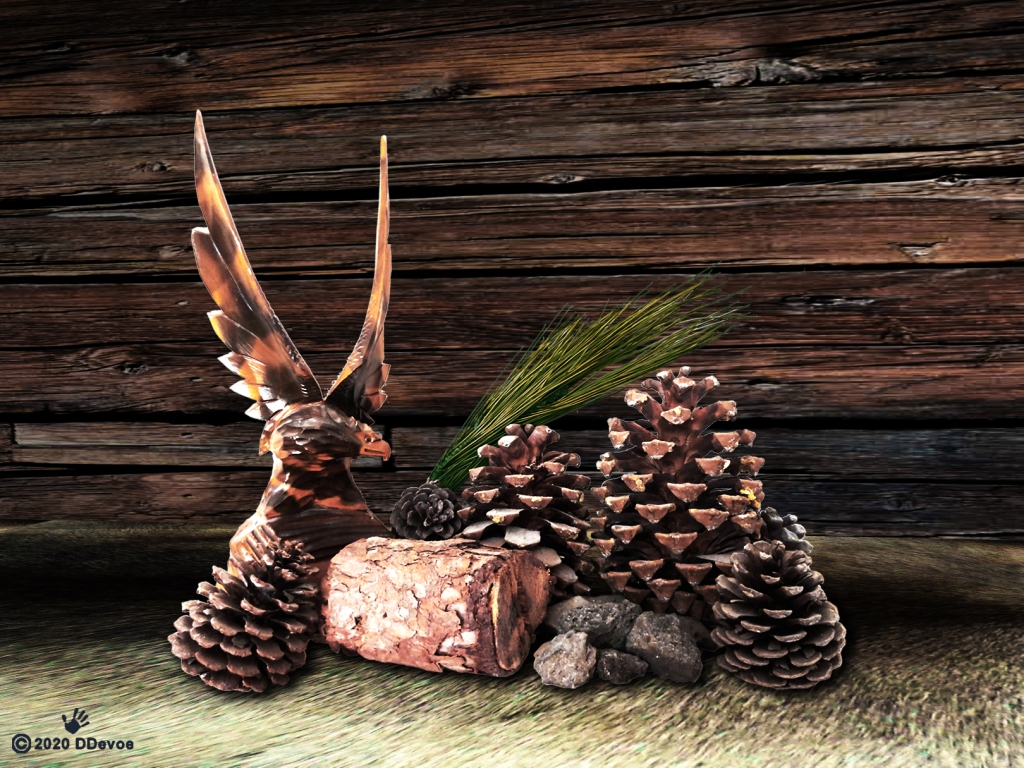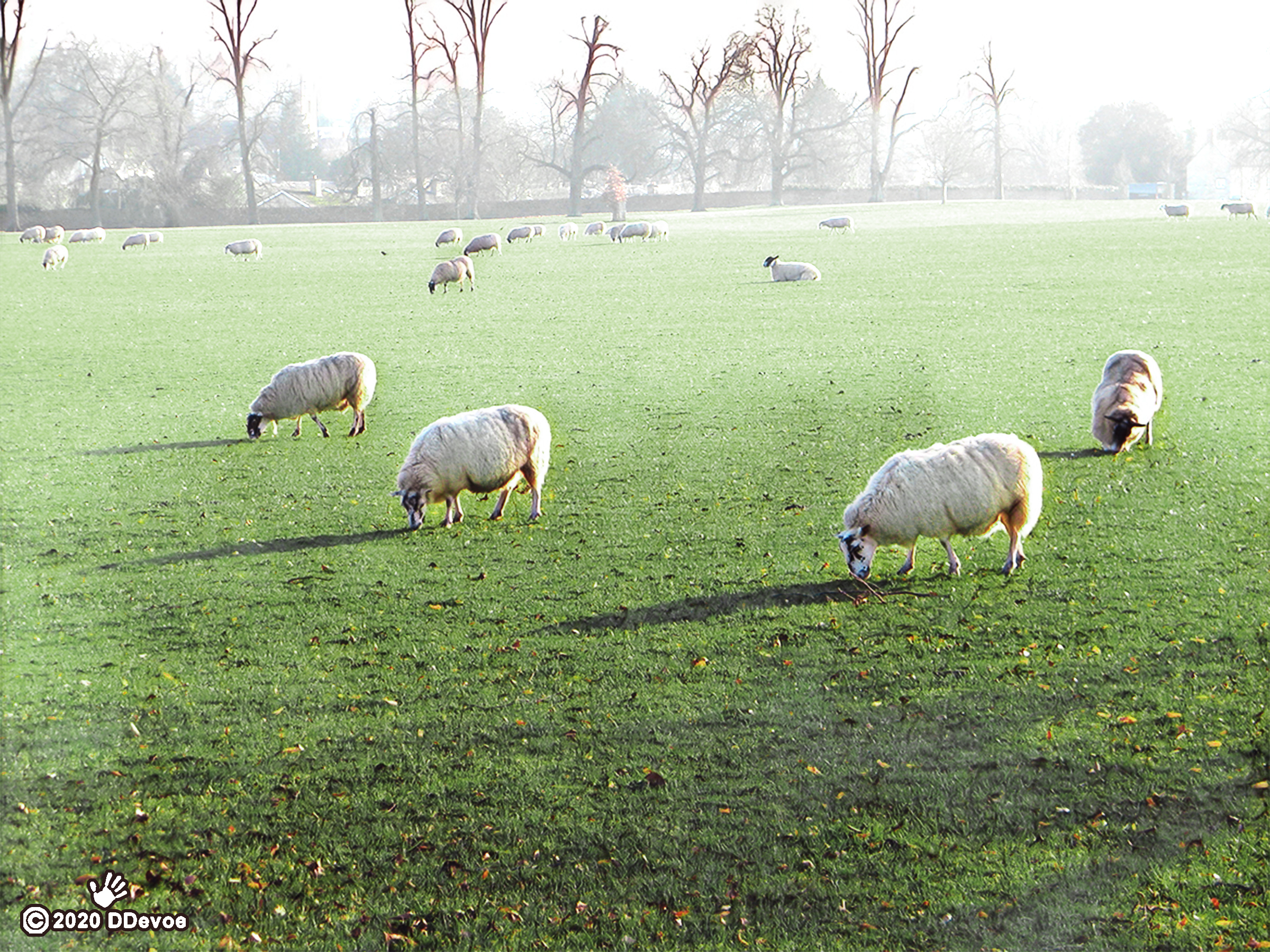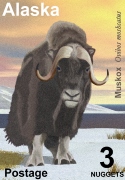A graceful red kite (Milvus milvus)in flight against a cloudy summer sky.
The English word “kite” is from the Old English “cyta” which is of unknown origin.
Red kites are generalist scavengers and predators. Their diet consists mainly of carrion, large domestic animals such as sheep and pigs, roadkills, and shored fish. They also take small mammals such as mice, voles, shrews, stoats, young hares and rabbits.
The species is are native to the western Palearctic, with all of the currently known 32,200–37,700 breeding pairs being in Europe. Historically, the species was only resident in the milder parts of its range in western Europe and northwestern Africa, whereas all or most red kites in northern mainland Europe wintered to the south and west, some also reaching western Asia, but an increasing number of northern birds now remain in that region year-round. Individual birds have been seen as far north as Finland and south to Israel, Libya and Gambia. Formerly also breeding in west Asia and northwest Africa breeding is now confined to Europe.
In the United Kingdom red kites have been known to steal food from people in a similar manner to gulls. One such occurrence took place in Marlow, Buckinghamshire (a town near a major reintroduction site for the species in the UK in the nearby village of Stokenchurch), in which Red Kites swooped down to steal sandwiches from people in one of the town’s parks.
Red kites were not popular because they are scavengers. Shakespeare’s King Lear describes his daughter Goneril as a detested kite, and he wrote “when the kite builds, look to your lesser linen” in reference to them stealing washing hung out to dry in the nesting season. In the mid-15th century, King James II of Scotland decreed that they should be “killed wherever possible”, but they remained protected in England and Wales for the next 100 years as they kept the streets free of carrion and rotting food. Under Tudor “vermin laws” many creatures were seen as competitors for the produce of the countryside and bounties were paid by the parish for their carcasses.
By the 20th century, the breeding population was restricted to a handful of pairs in South Wales, but recent conservation efforts have resulted growing populations in several areas.

This image is available at one of my fiancée’s online stores.

























